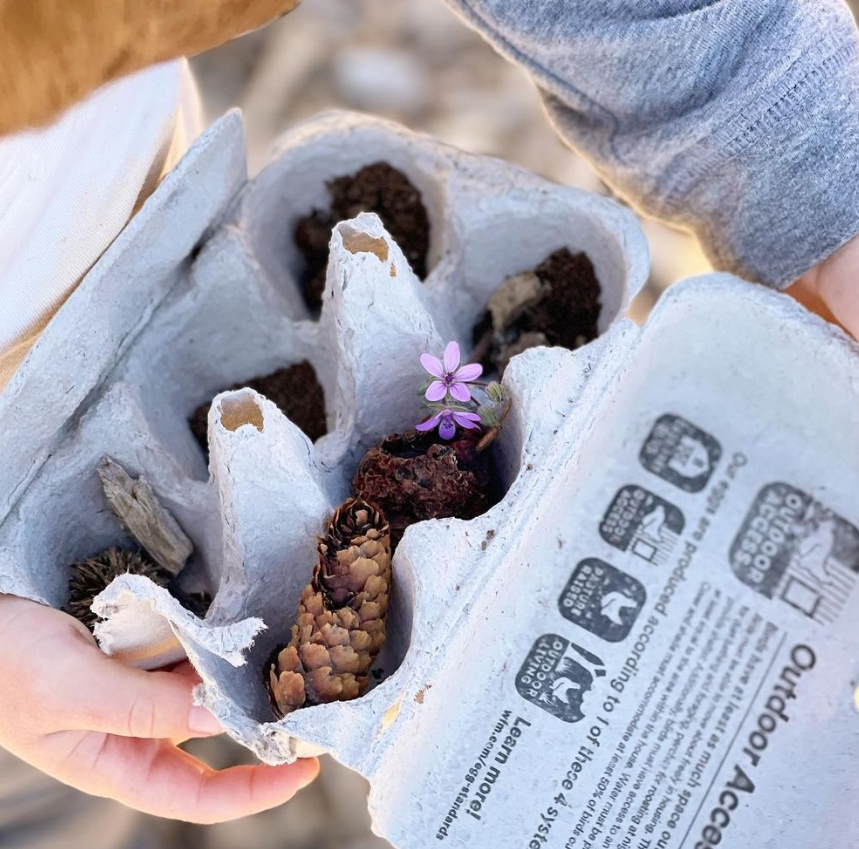academics
Our engaging curriculum is always academically rigorous. We follow the path of each individual child, utilizing student interest to motivate and inspire a lifetime love of learning.
We are an award-winning school with between a 5:1 and 8:1 teacher-student ratio, a diverse student body, and a rich Specials program that includes Art, Nature, and Spanish.
98% of our 6th grade graduates have gotten into the middle school of their choice, including Santa Fe Preparatory School, Santa Fe Waldorf, and The Academy for the Technologies and Classics.
Toddler (ages 2-3) & Primary (ages 3-6)
Reading, Writing, Mathematics
In contrast to traditional education, where children often progress academically as a group, the Montessori method unleashes students to achieve their full individual potential.
That’s why many Montessori preschool children actually learn to read, write, and do arithmetic at an elementary school level while in preschool.
If you haven’t seen a Montessori preschool classroom before, we encourage you to take a tour of our school to see what the classroom is like.
You are likely to observe that the classroom is organized with beautiful, interesting materials, and that the children are quiet, concentrating, focused, and deeply engaged.
Practical Life
Children learn to dress themselves, prepare their own snack, clean up after eating, and care for the plants and animals inside the classroom.
This daily experience of being trusted with real responsibility for meaningful tasks helps cultivate a true sense of self-confidence based on real effort, overcoming mistakes, and achieving success.
Mistakes are a valued part of the process and essential to learning. Instead of being afraid to fail, our preschoolers acquire a growth mindset. This means that they do not fear (and react negatively to) mistakes, but rather embrace them to learn faster and better.
Executive Function
Executive function means concentration, self-control, organization, time-management, and graceful social interactions.
Research shows that executive function skills are more highly correlated with success in school and in life than anything else (even IQ). Our preschool purposefully develops these skills.
For example, our preschoolers are taught to execute multi-step processes (i.e., a task which has several components) and to complete full cycles of work (to finish what they start).
Children perform these tasks in a context where grace and courtesy are expected. This fosters a benevolent environment where pro-social skills emerge naturally.
Elementary Classrooms (ages 6-12)
Love of learning – not standardized testing
Montessori children learn because they enjoy learning—they delight in new knowledge and love mastering new skills.
Therefore, we have developed an engaging, challenging curriculum designed to produce academic excellence that is not dictated by standardized testing.
In additional to foundational skills in language arts and mathematics, we integrate biological and physical sciences with geography, local, state, national, and international culture and history, and specialty subjects of Art, Spanish, and Music.
Combined Classrooms Benefit All Ages
Each classroom has a two-year age mix. Combining students of different ages and abilities has several benefits. In a given classroom, the younger children are inspired to emulate the more challenging work done by older children. The older children get the opportunity to teach and model for the younger children. Then, as older children advance to the next classroom, they become the “younger” children once again.
The result is that children develop advanced leadership and social skills and can advance in each subject at the optimal pace to develop their maximum potential. Desert Montessori students learn to organize, prioritize, and use their time effectively.
Each Child Is An Individual
Montessori teachers rarely teach to the whole class at the same time. Instead, they give lessons to small groups based on ability, readiness, and interest. This means that each child is constantly challenged at just the right level.
Specials
art
TBA
spanish
Our students learn Spanish through activities that target all of the multiple intelligences. We sing, dance, draw, color, play games, listen, and repeat, repeat, repeat a lot!
The early childhood and primary classes have Spanish 1 hour a week in their classroom. Our Lower and Upper Elementary students have Spanish two days a week in the Spanish classroom. The lessons are generally related to the current grade-level theme/unit of study.
The children learn by listening, seeing, and imitating. They associate the spoken word with an object, picture, or gesture and without recourse to the English language. The students will listen to commands, recognize words and phrases, then recall vocabulary in a natural approach to learning language. Over correction may cause a child to fear speaking at all. With patience and understanding each child will begin speaking when they feel comfortable and with enthusiasm.
MUSIC
In this fun, interactive programming, students are introduced to the fundamentals of rhythm, melody, and harmony using a variety of instruments, including drums and shakers, recorders, ukuleles, and even Zimbabwean marimbas. Children play games and learn simple songs from around the world to help foster a lasting connection to music.












